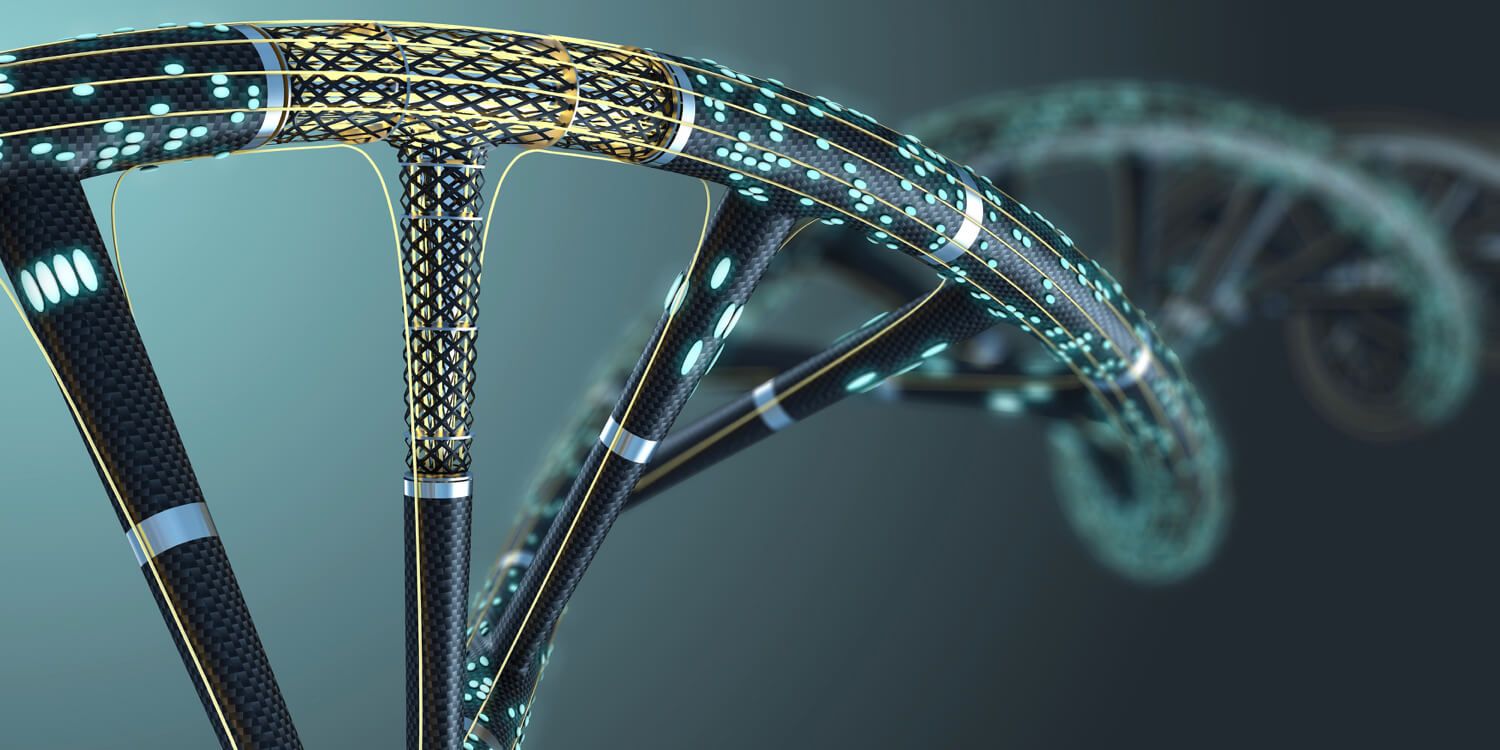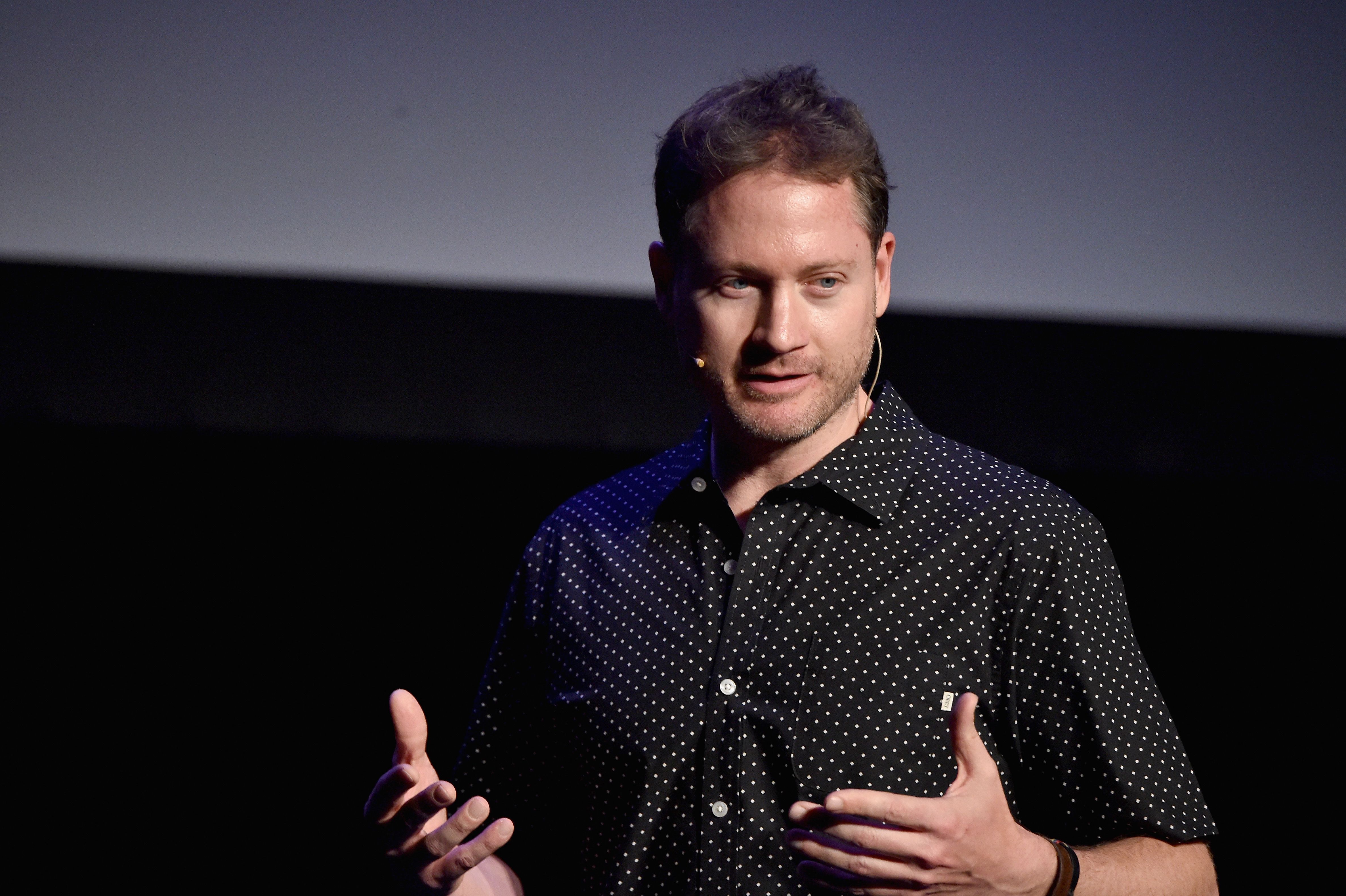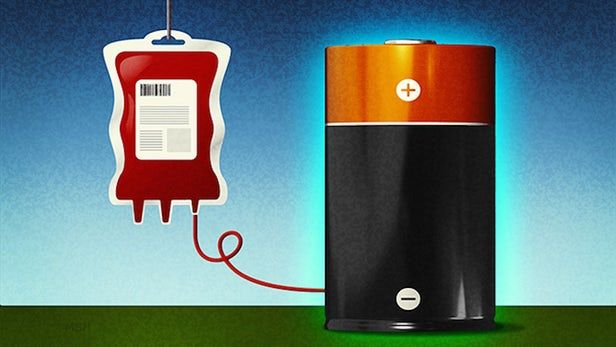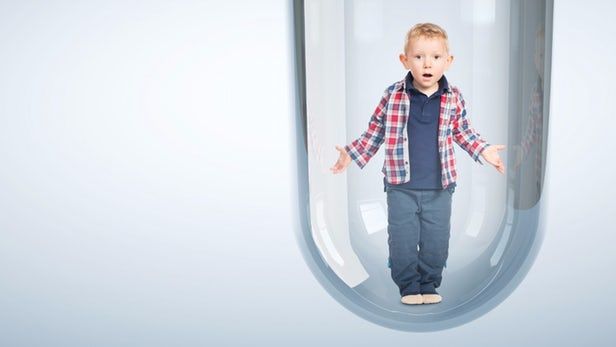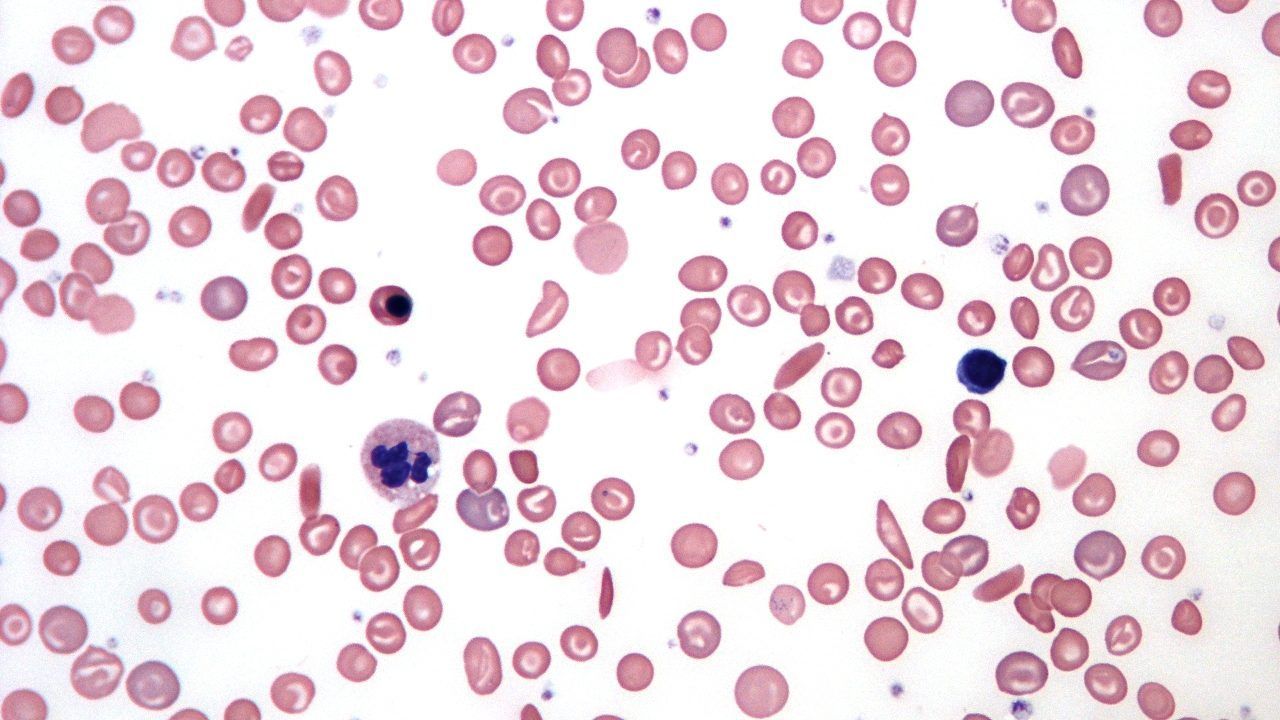Brushing your teeth has never been so important.
It is conceived that specific combinations of periodontal bacteria are associated with risk for the various forms of periodontitis. We hypothesized that such specificity is also related to human cause-specific death rates. We tested this hypothesis in a representative sample of the US population followed for a mean duration of 11 years and found that two specific patterns of 21 serum antibodies against periodontal bacteria were significantly associated with increased all-cause and/or diabetes-related mortalities. These data suggested that specific combinations of periodontal bacteria, even without inducing clinically significant periodontitis, may have a significant impact on human cause-specific death rates. Our findings implied that increased disease and mortality risk could be transmittable via the transfer of oral microbiota, and that developing personalized strategies and maintaining healthy oral microbiota beyond protection against periodontitis would be important to manage the risk.
